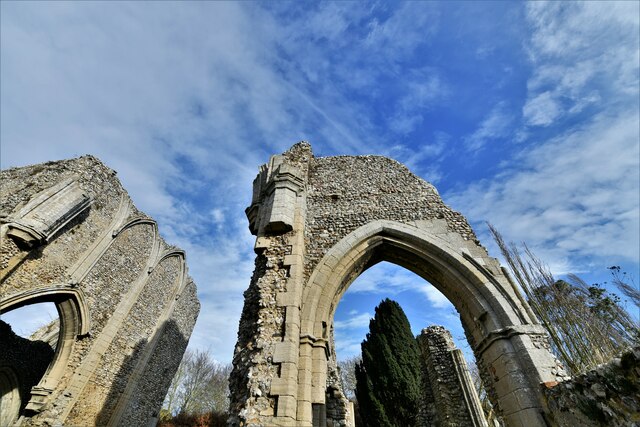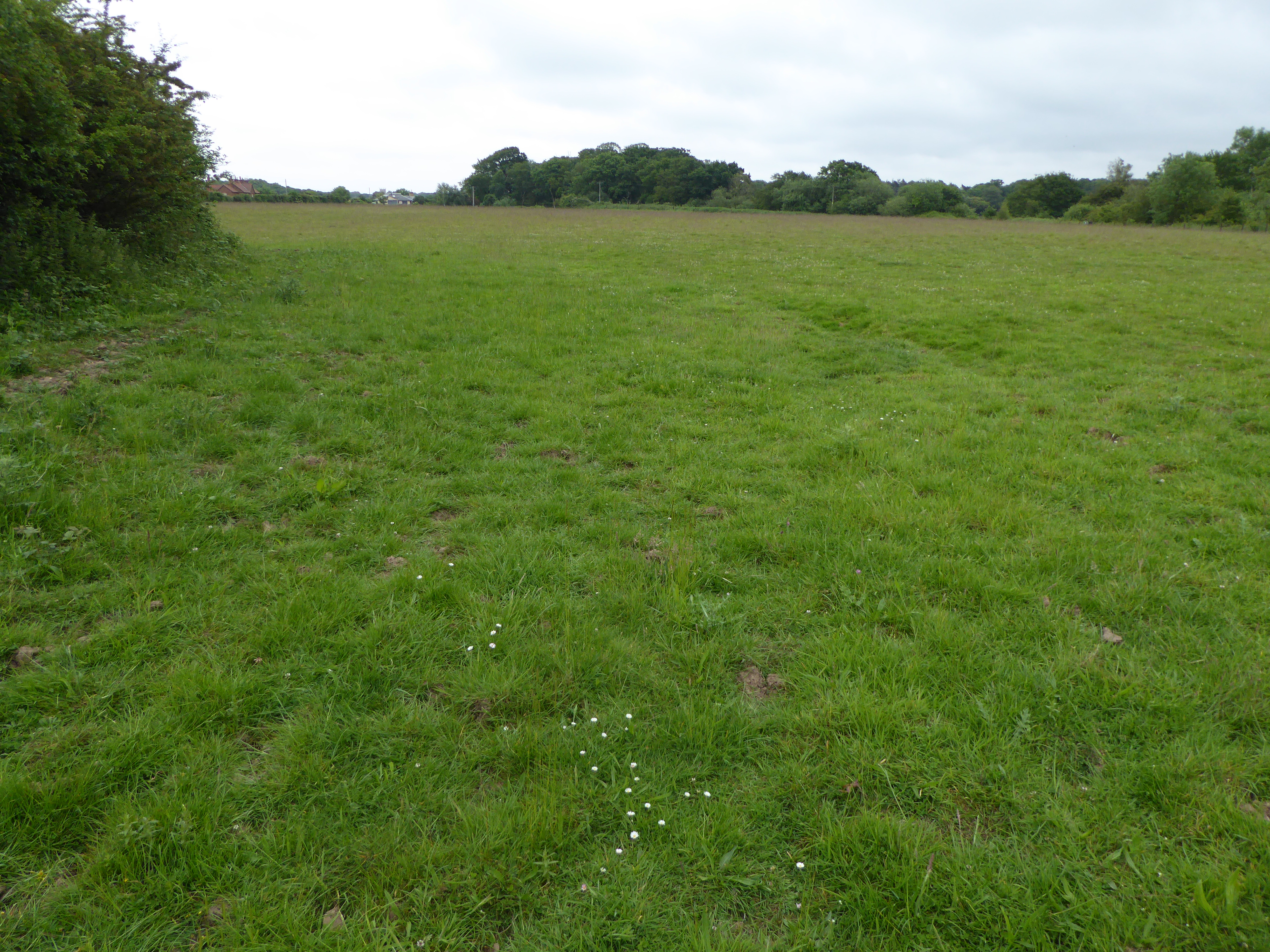Burnham Thorpe
Settlement in Norfolk King's Lynn and West Norfolk
England
Burnham Thorpe

Burnham Thorpe is a village located in the county of Norfolk, England. Situated about 2 miles inland from the North Norfolk coast, it lies approximately 25 miles northwest of the city of Norwich. The village is part of the Burnhams, a group of villages collectively known for their picturesque landscapes and charming rural character.
The history of Burnham Thorpe can be traced back to medieval times, with records dating back to the 11th century. It was once a thriving agricultural community, characterized by its fertile farmland and traditional Norfolk cottages. Today, the village still retains much of its historic charm, with many of its original buildings and cottages still intact.
One of the notable features of Burnham Thorpe is its association with Admiral Horatio Nelson, one of Britain's most celebrated naval heroes. Nelson was born in the village in 1758, and his childhood home, known as Nelson's Birthplace, is now a museum dedicated to his life and achievements. The museum offers visitors a glimpse into Nelson's early years and his naval career.
Surrounded by rolling countryside, Burnham Thorpe is a peaceful and idyllic place to visit. The village is well-connected to the nearby coastal towns of Wells-next-the-Sea and Holkham, which offer stunning beaches and nature reserves. Its proximity to the Norfolk Coast Area of Outstanding Natural Beauty also makes it a popular destination for outdoor enthusiasts and nature lovers.
Overall, Burnham Thorpe is a charming village with a rich history and beautiful countryside, making it a delightful place to explore for visitors seeking a tranquil retreat in the heart of Norfolk.
If you have any feedback on the listing, please let us know in the comments section below.
Burnham Thorpe Images
Images are sourced within 2km of 52.938037/0.756449 or Grid Reference TF8541. Thanks to Geograph Open Source API. All images are credited.


Burnham Thorpe is located at Grid Ref: TF8541 (Lat: 52.938037, Lng: 0.756449)
Administrative County: Norfolk
District: King's Lynn and West Norfolk
Police Authority: Norfolk
What 3 Words
///dormant.spoiler.regulates. Near Wells-next-the-Sea, Norfolk
Nearby Locations
Related Wikis
Burnham Thorpe
Burnham Thorpe is a hamlet and civil parish on the River Burn and near the coast of Norfolk, England. It is famous for being the birthplace of Vice Admiral...
Holkham Brick Pit
Holkham Brick Pit is a 0.5-hectare (1.2-acre) geological Site of Special Scientific Interest west of Wells-next-the-Sea in Norfolk. It is a Geological...
Peterstone Priory
Peterstone Priory a house of Augustinian Canons, was a priory in Burnham Overy, Norfolk, England. It was founded before 1200 and incorporated 1449. �...
Norfolk Burnhams
The Norfolk Burnhams are a group of adjacent villages on the north coast of Norfolk, England. The villages are located near a large natural bay named Brancaster...
Nearby Amenities
Located within 500m of 52.938037,0.756449Have you been to Burnham Thorpe?
Leave your review of Burnham Thorpe below (or comments, questions and feedback).

















